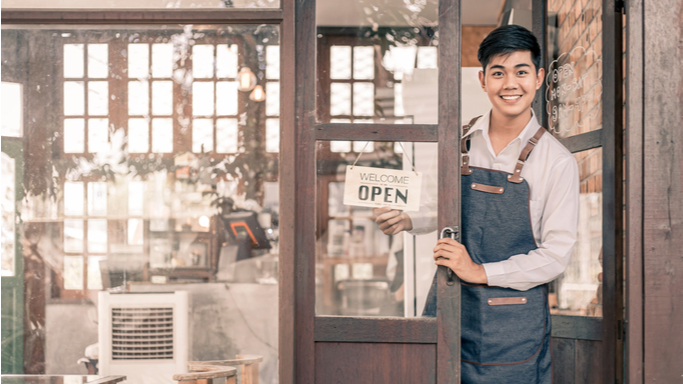Congress passed the Paycheck Protection Program (PPP) to keep Americans working during the pandemic, but unfortunately, fraudsters snuck in and ripped off hardworking taxpayers.
Through the PPP, Washington distributed $525 billion in loans to 5.2 million companies between April 3 and Aug. 8. Loans were forgivable if most of the funding went towards payroll and retaining employees. Arguably, without this program, the unemployment toll may have been higher than the 22 million Americans who lost their jobs.
However, when the government gives away significant amounts of money during a crisis, it creates a strong magnetic pull for scammers. Protocols usually mitigate fraud, but because regulators relaxed verification protocols to accelerate the processing and distribution of funds, it created an opportunity for people with sinister intentions to slip in.
Living large on taxpayer dime
As I reported recently, an ex-NFL player took in over a million dollars of fraudulently obtained PPP loans and went on a shopping spree at Gucci and Dior and bought expensive jewelry. A reality tv personality on the show ‘Love & HipHop Atlanta,’ allegedly stole $2 million in PPP loans to buy a Rolls Royce and Rolex watch. Investigations by various enforcement agencies have led to the arrests of over 500 people for PPP fraud.
The breadth of PPP fraud is gaining greater attention as government watchdogs highlight how this well-intentioned program, meant to provide critical assistance to small businesses, was misused and abused, even as it helped many workers stay in their jobs and kept mom-and-pop shops from shutting their doors.
A newly released Small Business Administration (SBA) inspector general report just released concluded that the unprecedented demand and lowered controls “resulted in billions of dollars in potentially fraudulent loans and loans to potentially ineligible businesses.”
The agency watchdog found that tens of billions of dollars went to loan applicants despite application discrepancies, their ineligibility, and multiple applicants using the same address, email accounts, and bank accounts.
Submitting multiple applications from the same computer is not automatically a sign of fraud. As SBA chief Jovita Carranza explained in disputing the watchdog report, they might stem from business owners relying on accountants, law firms, or loan packagers to submit their applications.
Nevertheless, some businesses qualified even though they should not have because they exceeded the workforce size limit of 500 employees or fewer, others created their businesses after the pandemic began, and others owed tax money disqualifying them.
Unquestionably, this program helped small businesses. According to the SBA, 70 percent of covid-related SBA loans went to firms with fewer than 10 employers and a plurality were for loans of $150,000 or less.
However, making the program more flexible and responsive opened the door for fraud. Any discussion about a new stimulus bill and additional PPP funds should include reforms to beef up verification of applications to reduce the ability for grifters to rip off hardworking taxpayers.

